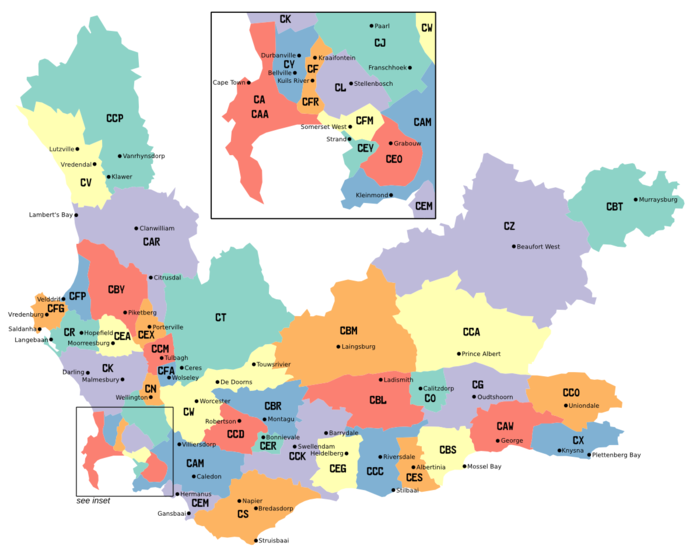Census API and website updates
Since 2013, a website I developed has provided information on places from the South African National Census of 2011. Recently I’ve developed a GraphQL API to make that data available to other developers. In parallel with this API development, I’ve also added some extra data, and made some changes to the website. Read on for more details.


